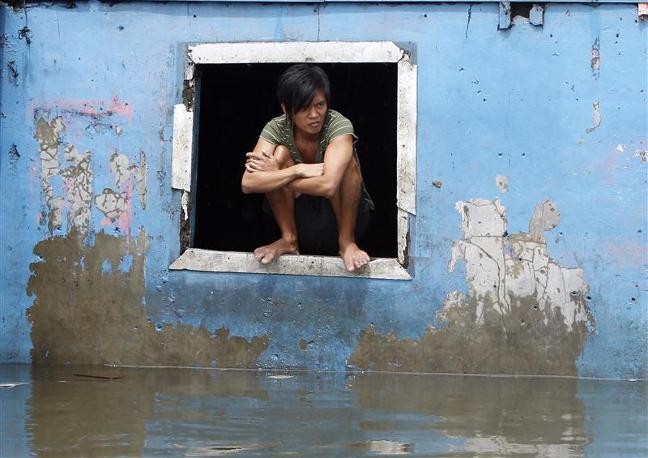
Since 7 August, ongoing and torrential monsoon rains, enhanced by Tropical Storm Haikui, have caused widespread damage in the Philippines. More than 3.4 million people have been affected in Manila and surrounding regions, while 72 people are reported to have died.
While the government has not formally requested international assistance, Oxfam is monitoring the situation, and has sent assessment teams to severely flooded provinces in Central Luzon and Southern Tagalog Region.
Initial assessments
In the municipalities of Angono, Cainta in the province of Rizal, and Sta. Cruz in the province of Laguna, we’ve found that local governments are still under control of the situation. Having endured deadly Typhoon Ketsana in 2009 (and learnt from the experience) these areas were better equipped to cope than they might otherwise have been.
Food and water are being provided by the local governments from their stockpiles and by relief operations carried out by the private sector.
At this stage, we won’t be responding to this emergency, as the government seems to be handling it well. However, we will continue to monitor the situation.
Statistics (as of 15 August 2012)
- The Philippine Government’s National Disaster Risk Reduction and Management Council (NDRRMC) reports that 761,189 families or 3,457,774 individuals have been affected in Manila and provincial areas.
- Some 216,328 families or approximately 1,025,866 individuals have been displaced by the floods, and are staying in evacuation centres. On top of this, 48,786 families or about 240,000 individuals are believed to be taking shelter with families and friends.
- Those affected lived close to either river systems or in flood plains or low-lying areas.
- The non-stop rains paralysed more than half of Manila on 7 August, causing schools and offices to be closed, and electricity to be cut off to prevent residents from being electrocuted.
This disaster comes just a week after Typhoon Saola hit the country, leaving at least 50 people dead.
Read an update from Alertnet.